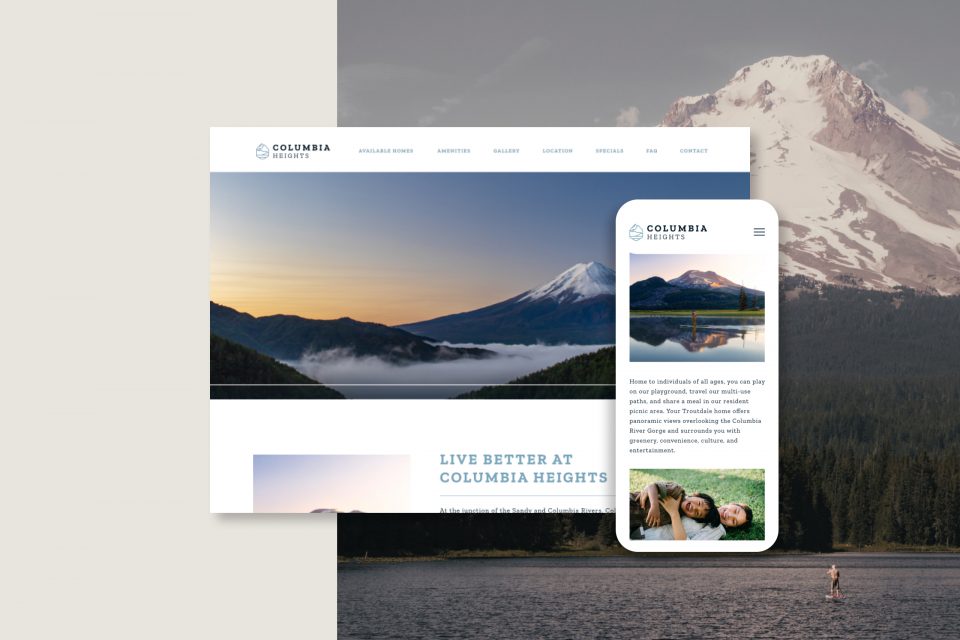Squad overview
I worked cross-functionally between 3 departments.
I collaborated closely with Henry to create project requirements. I also conducted a comprehensive competitive audit, engaged with customers to validate assumptions, and refined designs iteratively based on feedback received.
Team
Rhea Rakshit – Senior Director of Product Management
Henry Sherman – Product Manager
Zak (me) – Product Designer
Mikey Gower – Front-end Developer
Paul Hoffer – Customer Success
Timeline
1 month

Supplier list upstream filters
Problem discovery
Screening upstream supplier networks for geographic risk is essential to build resilient supply chains.
Many supply chain management, sourcing, and procurement teams expressed the need for upstream geographic insights during routine design partner meetings, which sparked a question:
How can we provide customers access to upstream geographic data for potentially thousands of suppliers in their supply chain?
Our solution
A robust upstream filtering component, accessible right from their supplier list.
Customers can leverage the upstream country filter with other filters, efficiently narrowing down extensive supply chains. Additionally, they can interact with those upstream cells in the data table to reveal additional detailed information.

Upstream country filter

Upstream country cell popover
Our research
Customers validated our assumptions regarding the most important questions they need answered with this feature.
After completing a competitive audit, we met with our design partners and customer service team to validate our initial grasp of the inquiries that this feature must address. Customers required clarification on the following:
- Which jurisdictions pose the highest exposure based on the location of upstream entities for product X?
- Are any of my upstream networks for product X operational in jurisdiction Y? If so, which entities?
- What are these upstream suppliers shipping?
- Which of my T1 suppliers are linked to these upstream entities?
User flow brainstorm
Armed with clear requirements, I found two potential user flows that effectively address the identified problems.
With insights drawn from the competitive audit, I created two promising user flows with Henry:
- Streamlined Query Generation:
- A seamless process where customers create specific queries to obtain answers.
- Faced technical challenges due to the large volume of suppliers involved, hindering its feasibility at the time.
- Filtering:
- Offered a solution that required customers to take a more hands-on approach to obtain answers.
- Presented a technically lighter lift, though it demanded users to invest more effort in the process.
To ensure an optimal user experience while maximizing system capabilities, we had to go with the second option for the time being.

Two user flows
Low fidelity ideation
After selecting a user flow, I sketched various versions of the filter and cell popover designs.
The primary goal was finding a design pattern that seamlessly accommodated both upstream country and risk data. The cell popover component was crucial, requiring it to display counts of all upstream instances while providing customers with easy navigation to the supply chain view for deeper analysis.

Filter and cell popover ideation
After extensive design exploration, the most effective approach for the cell popover designs was to present the upstream tiers in a table format. This decision was based on the need to minimize the duplication of each tier, which would have been more prominent in other design options.

Cell popover ideation
Final designs
Counts for each attribute in the upstream filter dropdowns provide a starting point to assess resiliency and bottlenecks.
The cell popover is designed to provide additional comprehensive answers to customers’ questions. They also include links to the supply chain view for specific suppliers, automatically filtered by upstream risk or country, facilitating deeper analysis.

Final cell popover components

Final upstream filter dropdowns
Result
Customers can now address critical upstream questions, serving as a starting point for proactive risk mitigation.
This feature exemplifies a balanced approach between technical feasibility and user convenience. Although it may not be the quickest or most intuitive method for gaining upstream insights compared to other brainstormed user flows, it enabled us to rapidly address a known customer problem. Additionally, we have plans in place for when the engineering team develops a way to query large datasets in a timely manner with.
